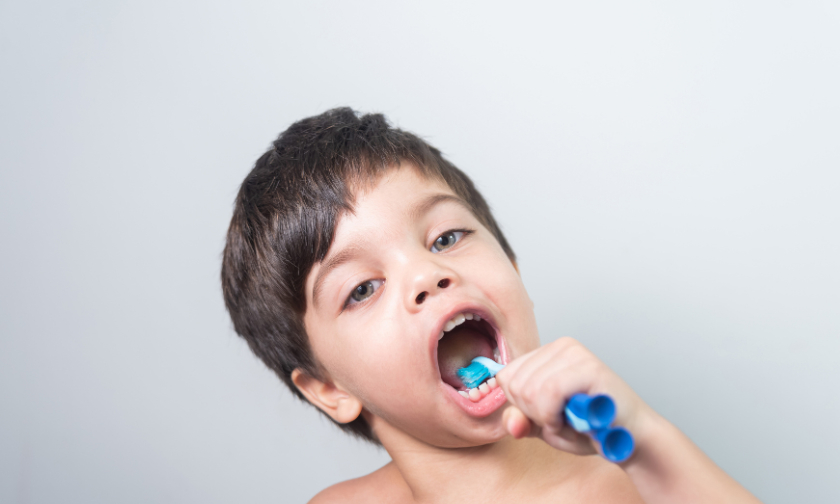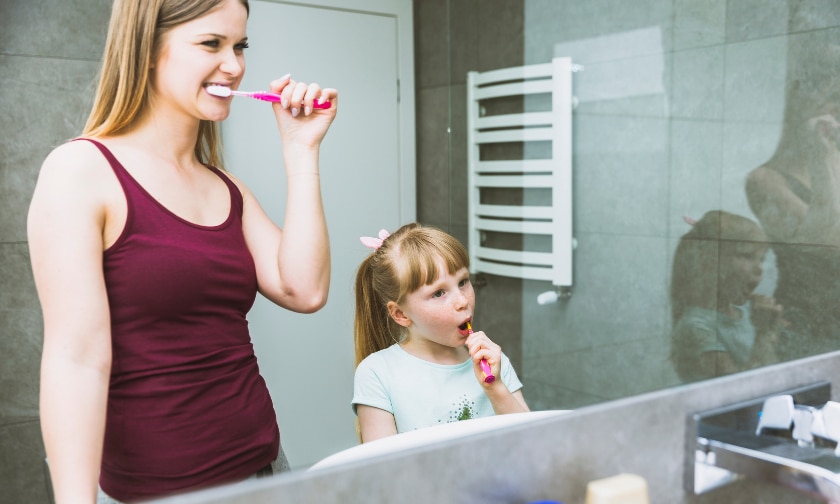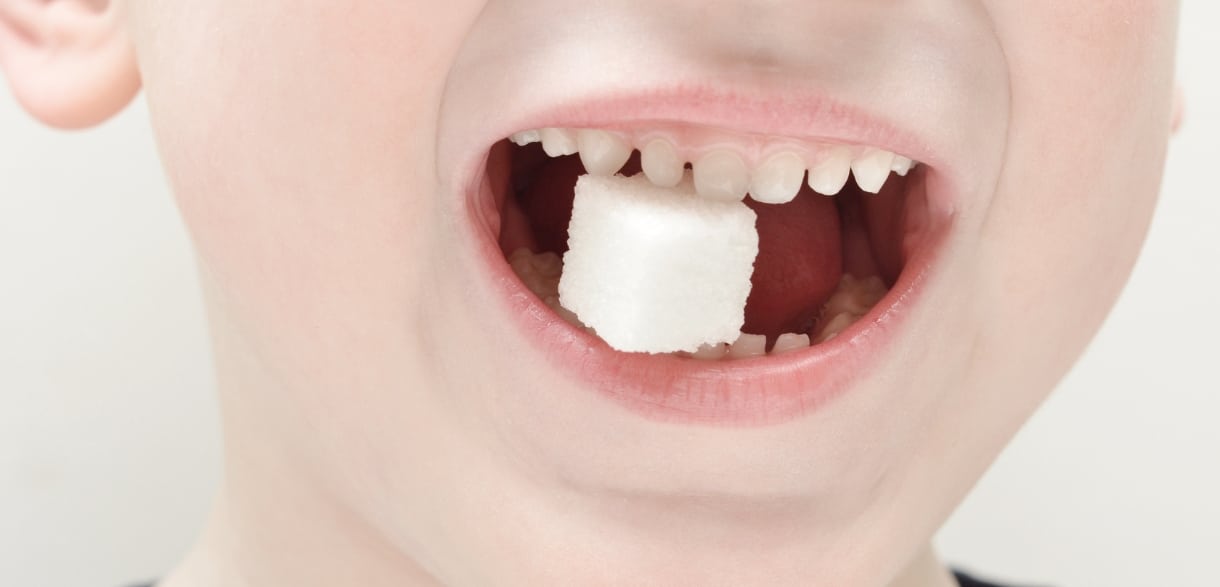Is Sharing A Toothbrush Really That Bad? Here’s What The Experts Say.

It’s a common occurrence in busy households – sharing toothbrushes. Everyone wants to save time and money, but is it really a good idea to share? Find out in this article what experts say about the risks of sharing a toothbrush and if there are any safe alternatives.
What is the Risk of Sharing a Toothbrush?
When it comes to sharing a toothbrush, there are a few things to consider. First, sharing a toothbrush can increase the risk of spreading bacteria or viruses. Second, if you have gum disease, sharing a toothbrush can also increase the risk of infecting others. Finally, if you have braces or other dental appliances, sharing a toothbrush can also damage them.
So, what is the risk of sharing a toothbrush? It really depends on the individual and the situation. If you are healthy and have no dental problems, the risk is probably low. However, if you have gum disease or other dental problems, the risk is higher.
The Dangers of Sharing a Toothbrush
When it comes to sharing a toothbrush, the risks far outweigh the benefits. Here’s what you need to know about the dangers of sharing a toothbrush:
1. You can transfer bacteria from your mouth to someone else’s mouth.
2. You can transfer viruses from one person to another.
3. Sharing a toothbrush can lead to gum disease and other oral health problems.
4. You may not be able to clean your toothbrush as effectively if you share it with someone else.
5. It’s just not worth the risk!
How to Prevent Germs from Spreading When Sharing a Toothbrush
When sharing a toothbrush with someone else, it is important to take measures to prevent the spread of germs. First, each person should use their own toothbrush head. Second, the toothbrushes should be stored in a clean, dry place. Third, after using the toothbrush, it should be rinsed off with water and allowed to air dry. Fourth, the toothbrush should be replaced every three months or sooner if it becomes frayed or damaged. By taking these simple steps, you can help prevent the spread of germs when sharing a toothbrush.

What Can You Do Instead of Sharing a Toothbrush?
Although sharing a toothbrush may not be the most ideal situation, there are some things you can do to make it work. First, make sure both toothbrushes are clean before using them. Second, use a different toothbrush for each person. This will help to prevent the spread of germs. Finally, make sure to brush your teeth with fluoride toothpaste to help protect your teeth from cavities.
Conclusion:
The bottom line is that sharing a toothbrush is not ideal, but it is not the end of the world if it happens. Be sure to brush your teeth thoroughly afterward and sanitize your toothbrush as best as you can.
While sharing a toothbrush with a family member or partner may not pose an immediate health risk, it’s generally not recommended. The American Dental Association advises against sharing toothbrushes because it can lead to the transfer of harmful bacteria, viruses, and other microorganisms that can cause oral and systemic infections. This is especially true if one person has an active infection, such as a cold or flu, as sharing a toothbrush can easily spread the germs. Additionally, sharing a toothbrush can lead to cross-contamination of different types of bacteria, which can increase the risk of oral and dental problems.
Yes, sharing a toothbrush can increase the risk of gum disease. Gum disease is caused by the buildup of bacteria and plaque on the teeth and gums, which can lead to inflammation and infection. When you share a toothbrush, you’re not only exposing yourself to the bacteria and plaque from the other person’s mouth, but you’re also transferring your own bacteria and plaque to them. This can lead to a buildup of bacteria and plaque on both toothbrushes, which can increase the risk of gum disease and other oral health problems.
The best alternative to sharing a toothbrush is to use your own toothbrush and not share it with anyone else. If you need to use someone else’s toothbrush in an emergency, such as if you forgot yours while traveling, the American Dental Association recommends rinsing the toothbrush with water before and after use and letting it air dry between uses. You can also consider using disposable toothbrushes, which are designed for one-time use and can be disposed of after each use. Additionally, you can pack travel-sized toothbrushes for each member of your family when traveling to avoid the need to share a toothbrush.


